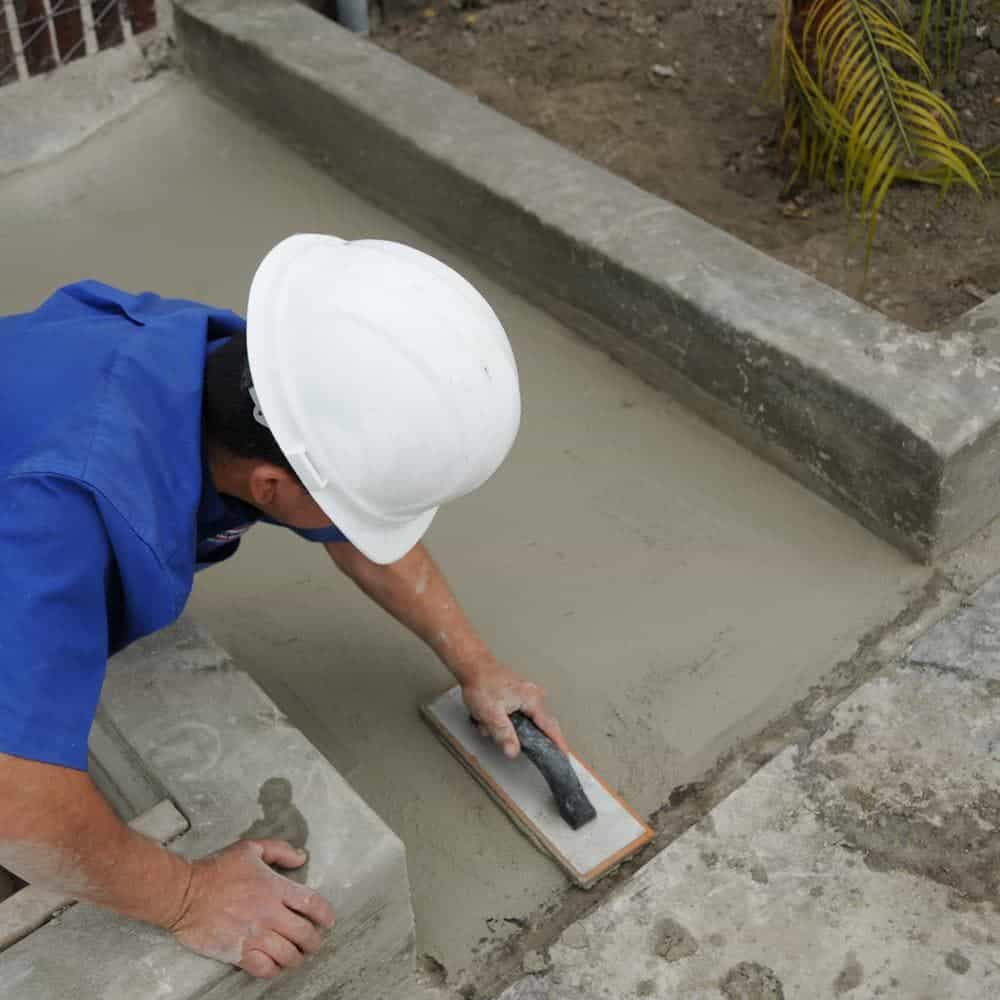More resistant and partly done from waste, engineers at the Far Eastern Federal University (FEFU) in Russia have developed a brand-new concrete, suitable for the construction of military and civil defense structures, load-carrying structures of nuclear power plants, or even for buildings in the Arctic.

The concrete is 40% made of waste, manufactured with rice husk cinder, limestone crushing waste, and siliceous sand. It is also 6-9 times more crackle resistant than the types produced under GOST standards, showing an improved impact endurance in initial tests.
The endurance of the new type of concrete grows with the increase of impact affecting it. According to the engineers, the construction absorbs impact due to its dynamic viscosity. This effect is caused by the reinforcement of concrete, in this case adding metal or touchstone fibers to it.
This impact-proof concrete can resist not only shell hits but also tsunami waves. Moreover, it has seismic stability. During the pouring the concrete self-seals, which means it can be used to create complex structures including underground constructions.
“Today the whole world is working on counter-terrorist security facilities that would defend other structures from a shell hit or a plane crash. We’ve approached this issue from our own angle and developed an impact-proof material. On the next stage of our work we want to create radiation-resistant concrete”, said Lieutenant-Colonel Roman Fediuk, a professor at Far Eastern Federal University.
A technological scheme for the manufacture of the new concrete has already been developed, and negotiations about its implementation are on, said Fediuk. The scheme would not require any extensive investments or modernization of facilities. The manufacture of impact-proof concrete can be even more cost-effective.
The work of the engineers is based on the principle of naturalness: they want their concrete to be as stable as natural stone. This principle is promoted by a branch of science called geonics or geomimetics. The groundwork of this field was laid by Professor Valery Lesovik from Shukhov Belgorod State Technological University.
Earlier this year FEFU engineers presented a new type of concrete with increased initial strength that would allow speeding up the concrete pouring process 3-4 times. This type of concrete doesn’t crack or leak, is resistant to low temperatures and may be used for building in the Far East and in the conditions of the Extreme North.






